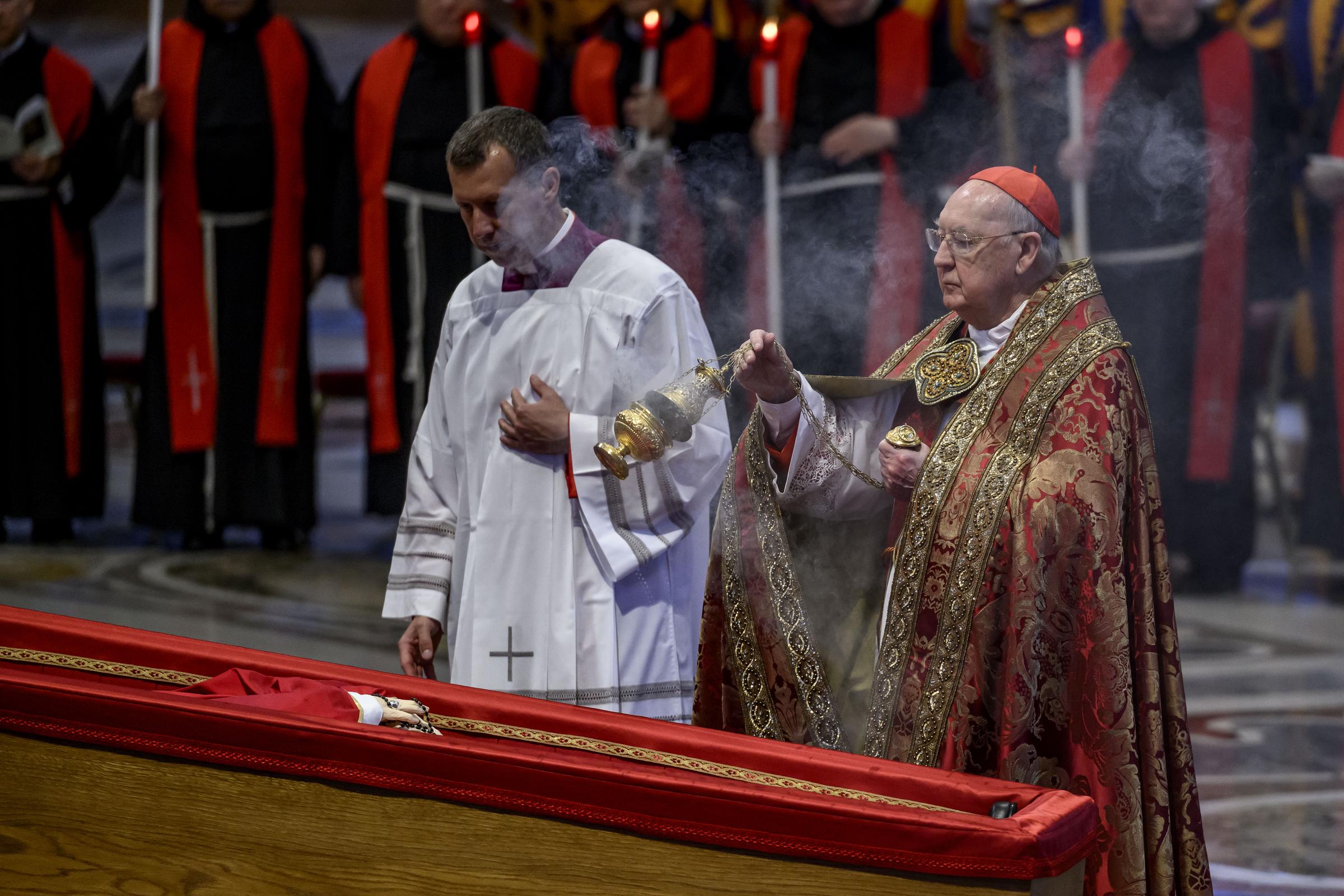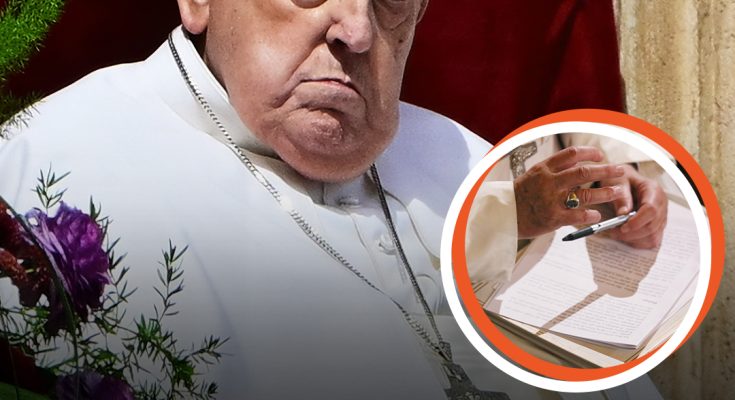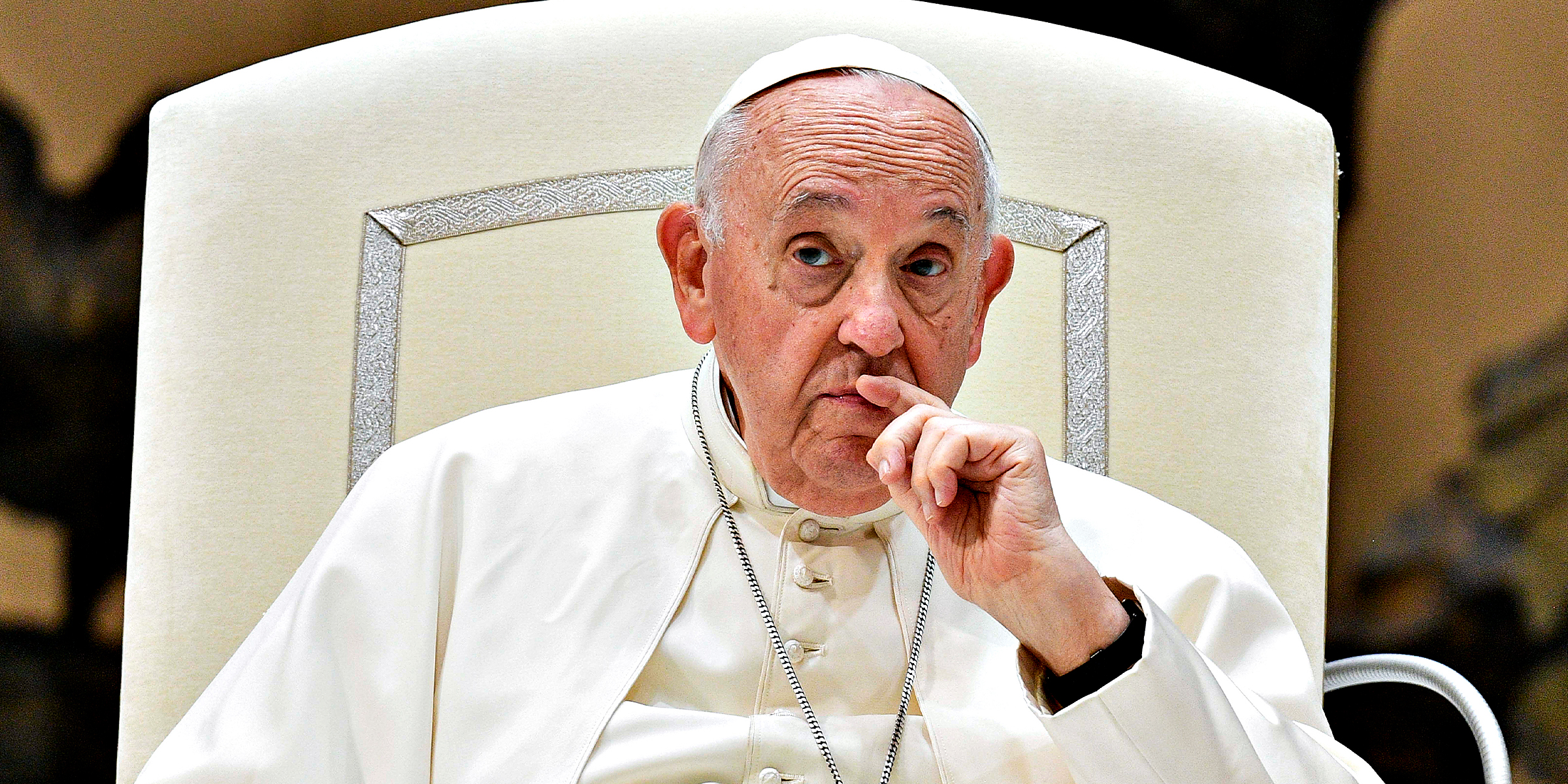
When a pope dies, there are many rituals that mark the end of his papacy, one of the most striking being the destruction of his Fisherman’s Ring. This golden ring, which symbolizes the pope’s authority, is traditionally used to seal official documents. However, upon the pope’s death, the ring is ceremonially destroyed to signify the end of his reign and to prevent any fraudulent use of the ring after his passing.
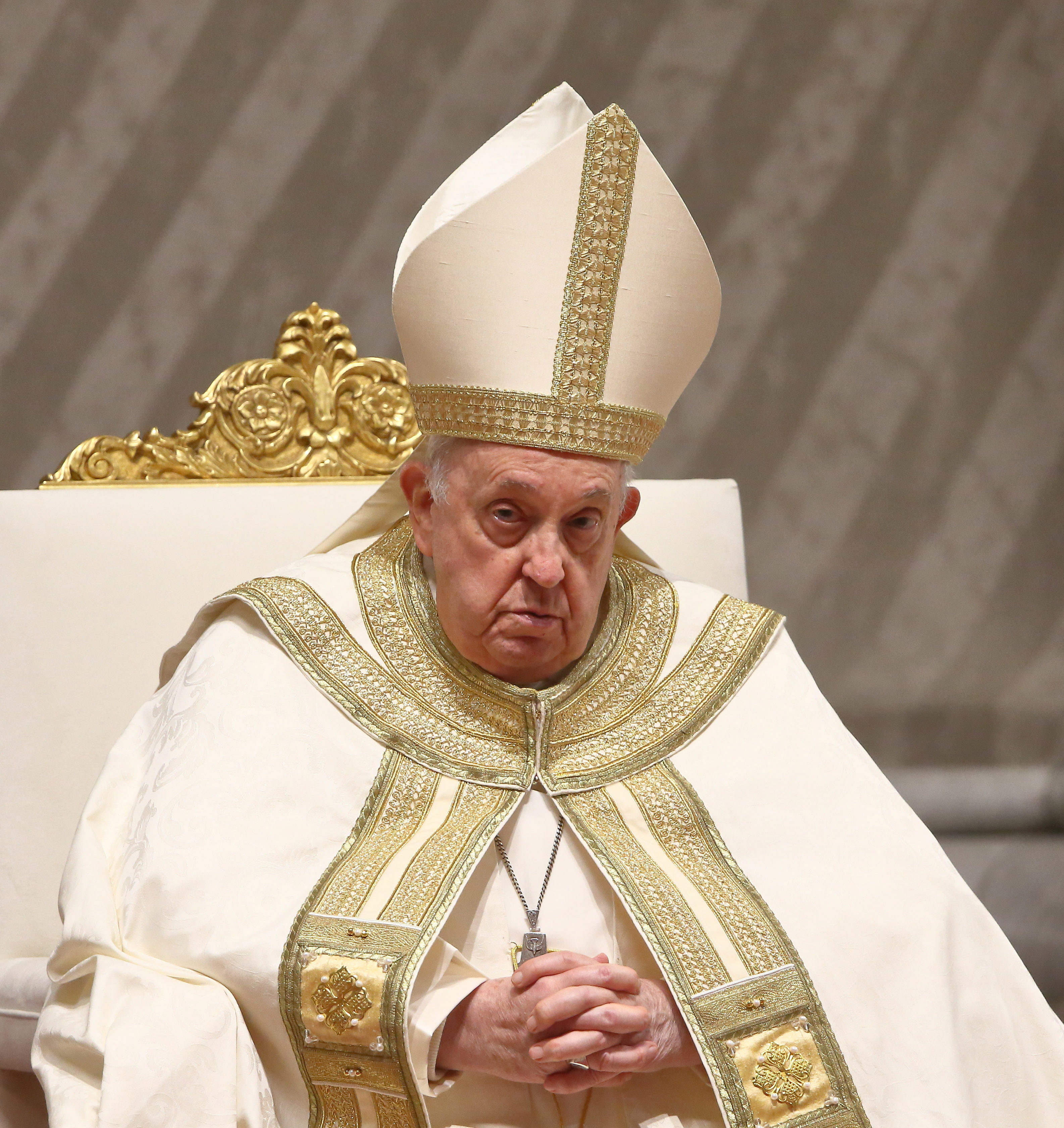
The Fisherman’s Ring depicts Saint Peter fishing from a boat, a symbol of the pope’s role as the successor to Saint Peter, who is considered the first pope. The destruction of the ring is a safeguard: it ensures that no one can impersonate the pope or misuse his seal to falsify documents. The act is carried out by the Cardinal Camerlengo, who physically destroys the ring in a public ceremony.
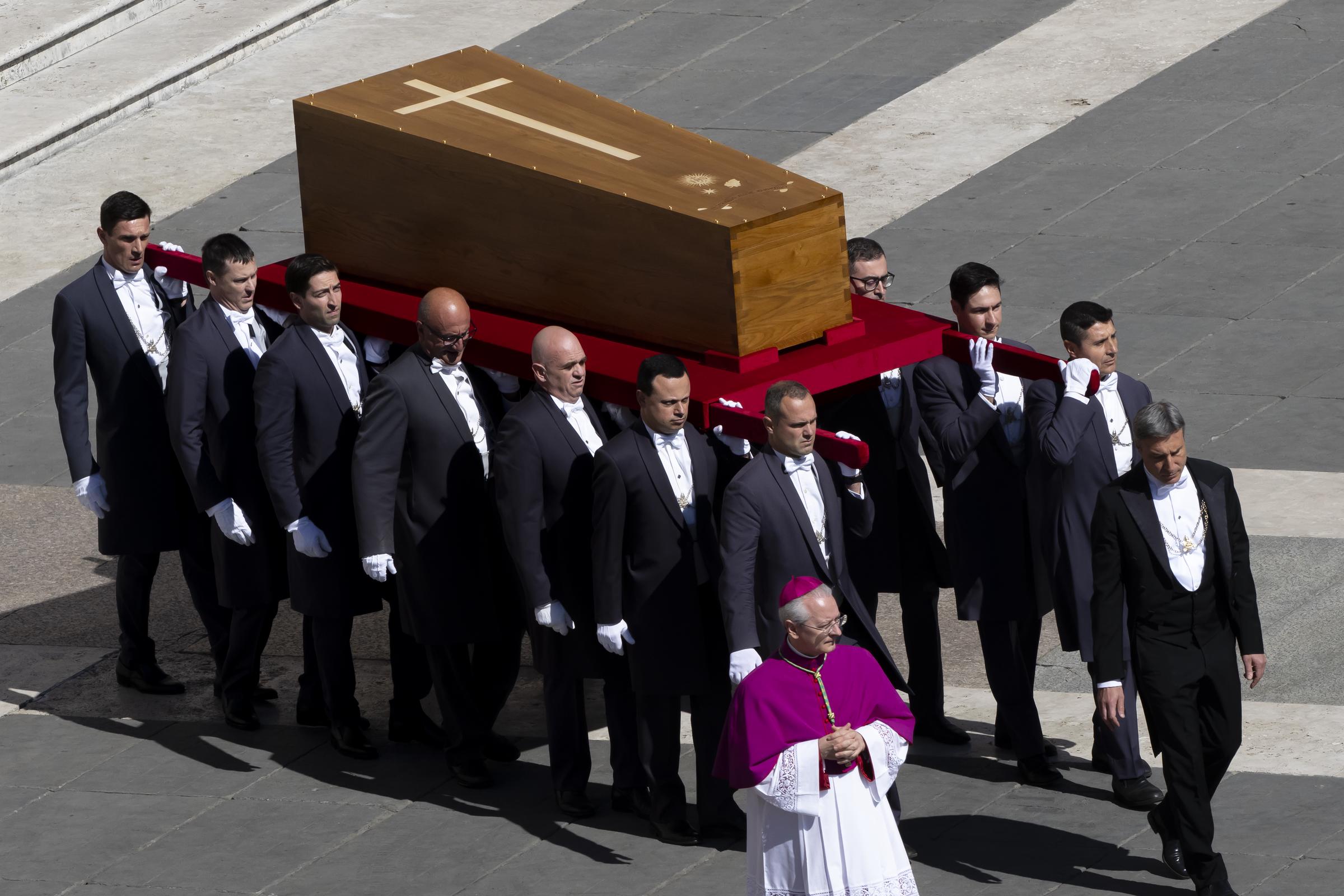
This practice is deeply rooted in centuries of tradition. Historically, it would also mark the official announcement of the pope’s death and the beginning of the mourning period. Following the destruction of the ring, the Church prepares for the election of a new pope through a papal conclave, where cardinals gather to choose the next pontiff.
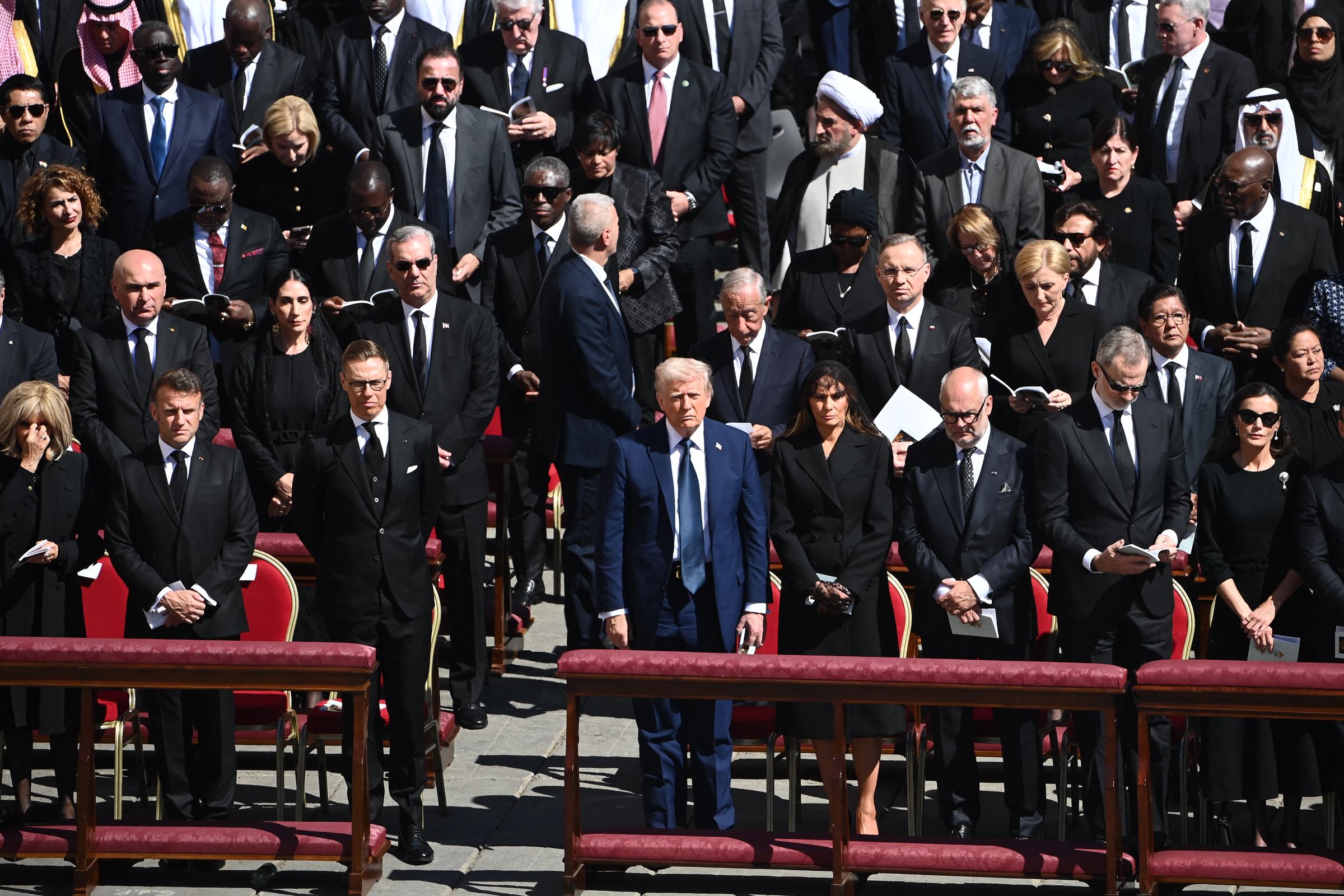
The pope’s funeral is a solemn and highly ritualistic event, attended by cardinals, clergy, and dignitaries. The ceremony not only honors the pope’s life but also signifies the transition of spiritual leadership. The destruction of the Fisherman’s Ring is just one example of the symbolic actions taken to ensure the smooth continuation of the Catholic Church’s leadership after the death of a pope.
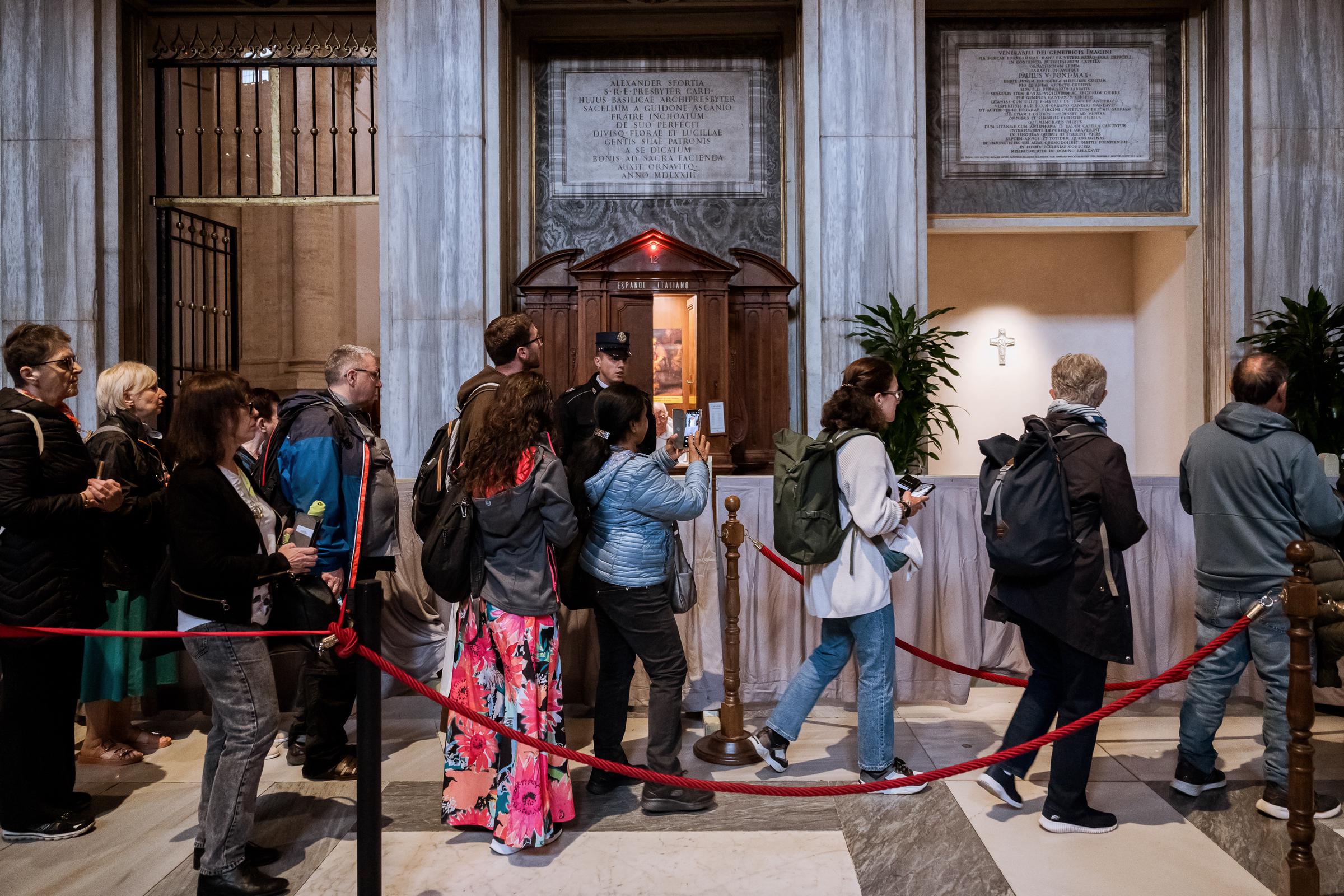
The document reportedly stated, “As soon as he is informed of the death of the Supreme Pontiff, the Camerlengo of Holy Roman Church must officially ascertain the Pope’s death, in the presence of the Master of Papal Liturgical Celebrations, of the Cleric Prelates of the Apostolic Camera and of the Secretary and Chancellor of the same; the latter shall draw up the official death certificate.”

In Francis’ case, his death was confirmed through modern medical procedures. “In this case, as in the case of the last several popes, doctors would be on hand to make the call,” Rev. David explained. “The camerlengo is there to ensure this happens.”Then, following protocol, Cardinal Kevin Farrell — the camerlengo — performed the official duties required after a pope’s passing. Farrell formally declared the death in Latin by saying, “Vere, Franciscus mortus est,” which means “Truly, Francis is dead.” He did this in the presence of Vatican officials.
